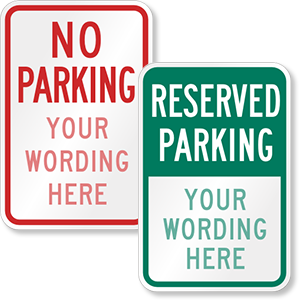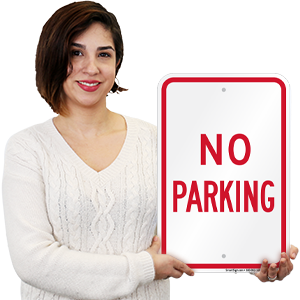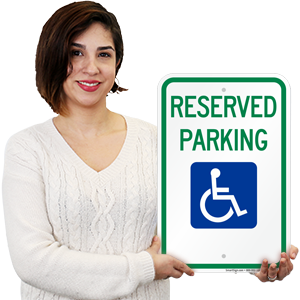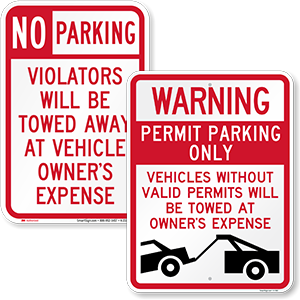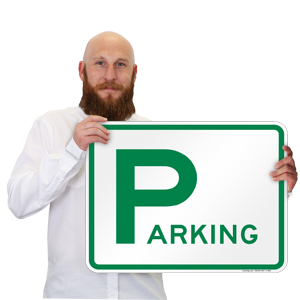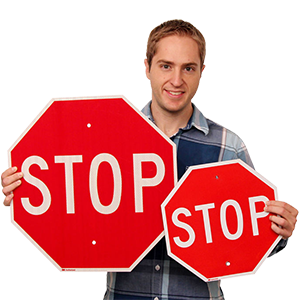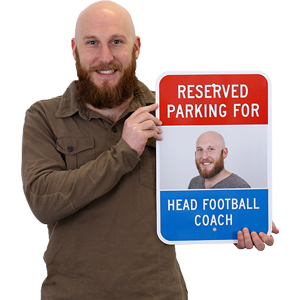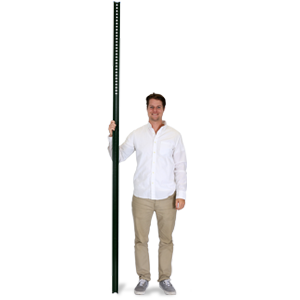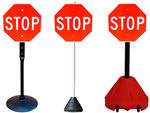A.
Some of the most common mistakes while installing sign posts are listed below.
Using Incorrect Size
Metal signs are expensive and therefore many people try managing with a lightweight post. The fact that lightweight posts measuring 1.12 lbs/ft. can hold only lighter delineators or property signs, is often ignored. However, for heavy-duty parking signs, it’s best to use at least a 2 lb. per feet u-channel posts, which will be a much more rugged and long lasting option.
Incorrect Depth
Not digging the post deep enough can cause the post to bend with strong winds and pressure. In normal conditions, sign posts should be installed at depths of 2-3 feet into the ground. In cement though, the depth can be around 1 to 2 feet. Always remember, "The bigger the sign, the deeper it will go into the ground."
Wrong Side of Sign Posting
Always install the sign on the correct side of a
U-channel post, i.e. over the open end of the U and not the base of the U. This gives more stability to the sign.

